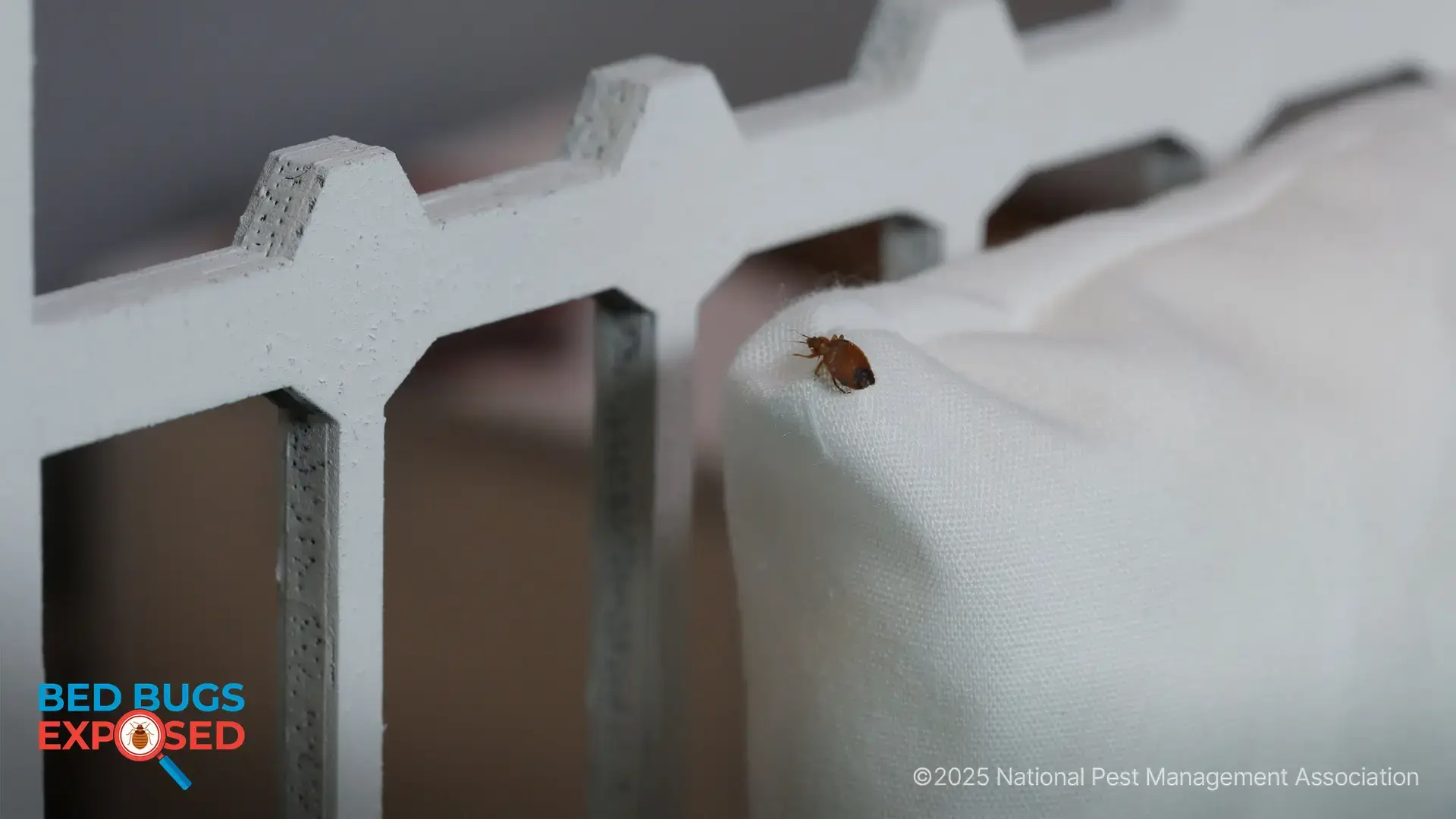Cicadas in 2025: What to Expect from This Year’s Massive Emergence
As spring blooms across the United States, so does one of nature’s most fascinating – and loudest – insect phenomena. Cicadas are making headlines in 2025, with one of the largest broods in recent memory emerging after 17 years underground.
The Return of Brood XIV
This spring, the long-awaited emergence of Brood XIV, a massive population of periodical cicadas, is underway. Last seen in 2008, this 17-year brood is among the largest in the United States and is making a loud return as soil temperatures rise.
The cicadas of Brood XIV are emerging from underground across multiple states, bringing their signature buzzing chorus as they search for mates. Their distinctive appearance — black bodies, red eyes, and orange-veined wings — makes them easy to spot.
Where Are Cicadas Going to Be This Year?
Cicadas in 2025 are making appearances across a wide swath of the Eastern and Central U.S. The states expecting the highest cicada activity include:
- Georgia
- Kentucky
- Indiana
- Massachusetts
- North Carolina
- New Jersey
- New York
- Ohio
- Pennsylvania
- Tennessee
- Virginia
- West Virginia
These states will experience dense concentrations of cicadas, often hundreds or thousands per acre, as they complete their brief above-ground lifecycle.
When is the Next Cicada Year?
The next emergence of a major cicada brood after this year will depend on the life cycles of different broods. Periodical cicadas follow either a 13-year or 17-year pattern. For Brood XIV, the next appearance will be in 2042.
However, cicadas aren't a one-time event. With various broods staggered across the country, different regions can experience cicada years more frequently. Still, 2025 is a landmark cicada year, with an emergence on a scale not seen since 2008.
What You Should Know About Cicadas This Year
- Timing: Brood XIV cicadas typically emerge when soil temperatures reach 64°F at eight inches deep. This usually occurs in late April to May, with peak activity in May and June.
- Behavior: Cicadas are harmless to humans. They don’t bite, sting, or carry diseases. But they’re extremely loud. The sound of their mating calls can reach up to 100 decibels and has been compared to the sound of electricity in some cases.
- Lifespan: Cicadas live underground for 17 years, feeding on tree root sap. After surfacing, they spend about four to six weeks above ground to molt, mate, lay eggs, and die.
- Tree Damage: While cicadas are not dangerous, their egg-laying habits can damage young trees. Gardeners and homeowners should cover saplings with fine netting (¼ inch mesh) to prevent harm.
How to Handle a Cicada Infestation
Although they’re not harmful, cicadas can become a nuisance — especially if they swarm your trees or fly into open windows. Here are a few quick tips:
- Limit outdoor time during the day if the noise bothers you.
- Close doors and windows to avoid accidental indoor visitors.
- Protect young trees with netting until the cicada season ends.
- Hire a pest control professional if cicadas are overwhelming your property.
Contact a Cicada Control Professional Near You
If cicadas are disrupting your spring or threatening the health of your young trees, it may be time to bring in an expert. A licensed pest control professional can assess your situation, recommend protective measures, and help ensure your home and landscape stay comfortable throughout the season.

Learn About Rodents
Rodents invade millions of homes each winter. Learn more about them!

NPMA's Bug Barometer Forecast
The latest Bug Barometer® forecast from the National Pest Management Association reveals what homeowners across America can expect from pest activity this fall and winter.

NPMA's Bed Bugs Exposed Project
Check out NPMA's Bed Bugs Exposed project to learn more about this hitchhiking pest and how to prevent an infestation at home.
Find a PEST PRO in your area

Learn About Rodents
Rodents invade millions of homes each winter. Learn more about them!

NPMA's Bug Barometer Forecast
The latest Bug Barometer® forecast from the National Pest Management Association reveals what homeowners across America can expect from pest activity this fall and winter.

NPMA's Bed Bugs Exposed Project
Check out NPMA's Bed Bugs Exposed project to learn more about this hitchhiking pest and how to prevent an infestation at home.
